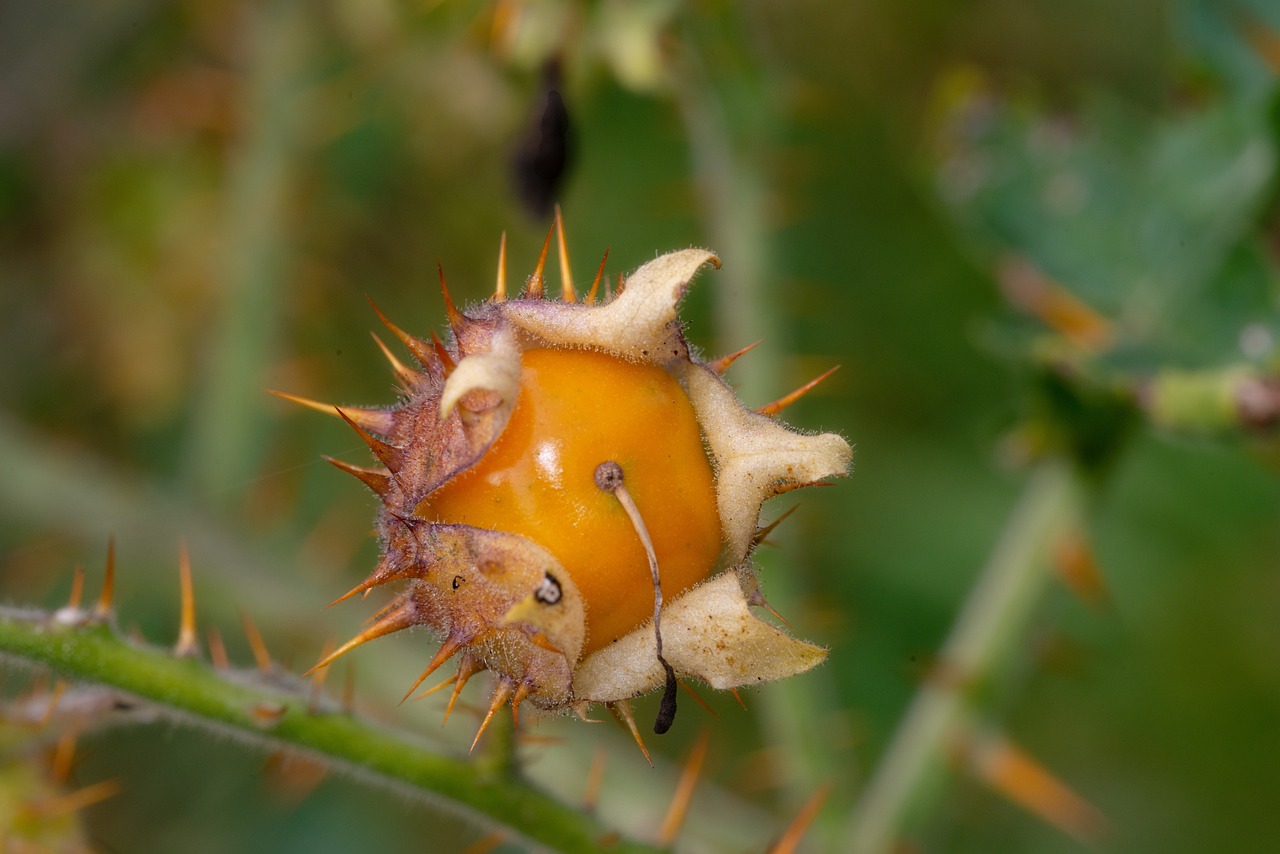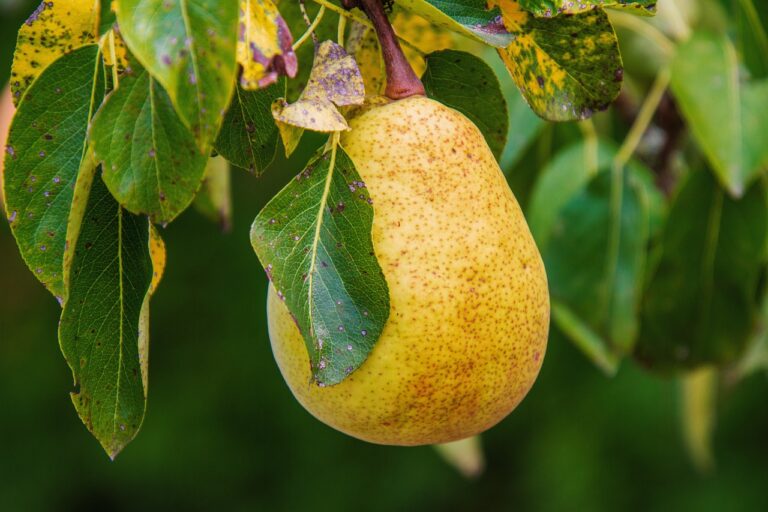Advances in Plant-Microbe Interactions
betbhai9 com sign up, radhe exchange admin login, mylaser247:Advances in Plant-Microbe Interactions
Plants and microbes have a complex relationship that has been the subject of scientific research for many years. The interactions between plants and microbes play a crucial role in ecosystem functioning, plant health, and agricultural productivity. In recent years, there have been significant advances in our understanding of plant-microbe interactions, thanks to technological advancements and innovative research approaches.
In this blog post, we will explore some of the recent advances in plant-microbe interactions and their implications for agriculture, environmental sustainability, and human health.
Understanding the Plant Microbiome
One of the most significant advances in plant-microbe interactions research is the exploration of the plant microbiome. The plant microbiome refers to all the microorganisms that live in and around plant tissues, including bacteria, fungi, and archaea. These microbes can have both beneficial and harmful effects on plant growth and health.
Recent studies have shown that the plant microbiome plays a crucial role in plant nutrient uptake, pathogen resistance, and stress tolerance. By understanding the composition and function of the plant microbiome, scientists can develop innovative strategies to improve crop productivity and reduce the use of chemical pesticides and fertilizers.
Plant-Microbe Communication
Another exciting area of research in plant-microbe interactions is the study of how plants and microbes communicate with each other. Plants and microbes can exchange signals through a variety of chemical compounds, such as hormones, peptides, and volatile organic compounds. These signals can trigger specific responses in both plants and microbes, leading to changes in gene expression, metabolism, and growth.
By deciphering the language of plant-microbe communication, scientists can develop biofertilizers, biopesticides, and other microbial-based products that can enhance plant growth and protect against pests and diseases. This can help reduce the environmental impact of conventional farming practices and promote sustainable agriculture.
Microbes as Biocontrol Agents
Microbes also play a crucial role in controlling plant diseases and pests. Some microbes have been found to have biocontrol properties, meaning they can suppress the growth of plant pathogens or pests through various mechanisms, such as competition for nutrients, production of antimicrobial compounds, or induction of plant defense responses.
Research in this area has led to the development of biopesticides and biofungicides that can effectively control plant diseases without the need for chemical pesticides. By harnessing the power of beneficial microbes, farmers can protect their crops from harmful pathogens while reducing their reliance on synthetic chemicals.
Plant-Microbe Interactions in a Changing Climate
Climate change is posing new challenges to plant-microbe interactions, as rising temperatures, changing precipitation patterns, and increasing levels of atmospheric CO2 can alter the composition and function of the plant microbiome. Understanding how plants and microbes respond to these environmental changes is crucial for adapting agricultural practices to the challenges of a changing climate.
Recent research has shown that some beneficial microbes can help plants cope with abiotic stressors, such as drought, salinity, and heat. By inoculating plants with these microbes, farmers can improve crop resilience to climate change and mitigate the negative effects of environmental stress on plant growth and productivity.
Harnessing Plant-Microbe Interactions for Sustainable Agriculture
Overall, the recent advances in plant-microbe interactions research hold great promise for sustainable agriculture and environmental conservation. By harnessing the power of beneficial microbes, scientists and farmers can improve crop yields, reduce the use of chemical inputs, and promote soil health and biodiversity.
Moving forward, it will be essential to continue researching plant-microbe interactions in different ecosystems and under various environmental conditions to develop tailored microbial-based solutions for specific crops and regions. By integrating plant-microbe interactions into agricultural practices, we can create a more sustainable and resilient food system that benefits both people and the planet.
FAQs
Q: How do microbes benefit plants?
A: Microbes can benefit plants by improving nutrient uptake, suppressing plant pathogens, enhancing stress tolerance, and promoting growth and development.
Q: Can microbes harm plants?
A: While some microbes can be harmful to plants and cause diseases, many microbes have beneficial effects on plant health and growth.
Q: How can farmers harness plant-microbe interactions in their fields?
A: Farmers can harness plant-microbe interactions by using microbial inoculants, biofertilizers, and biopesticides, adopting conservation agriculture practices, and promoting soil health and biodiversity.
Q: What are some examples of beneficial plant-microbe interactions?
A: Examples of beneficial plant-microbe interactions include mycorrhizal fungi that improve plant nutrient uptake, rhizobium bacteria that fix nitrogen for legumes, and biocontrol agents that suppress plant pathogens.
Q: How can we support research on plant-microbe interactions?
A: We can support research on plant-microbe interactions by funding scientific studies, promoting collaborations between researchers and farmers, and educating the public about the importance of microbial diversity in agriculture.







